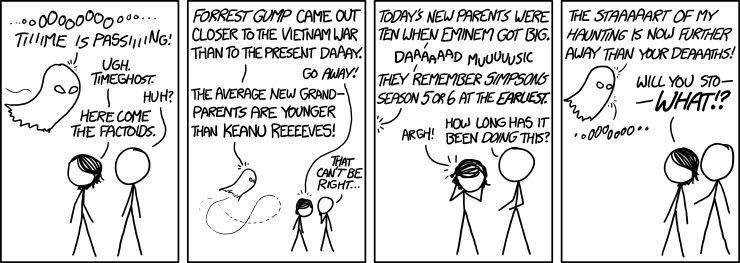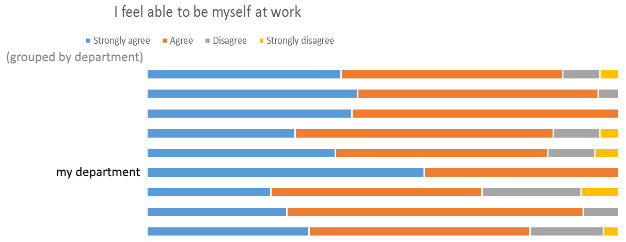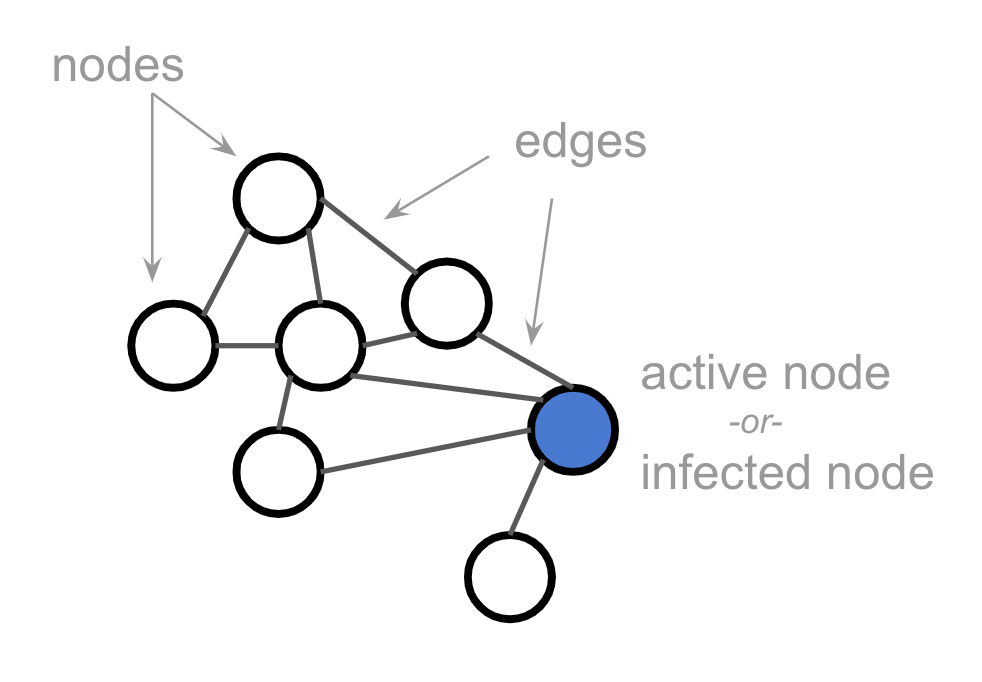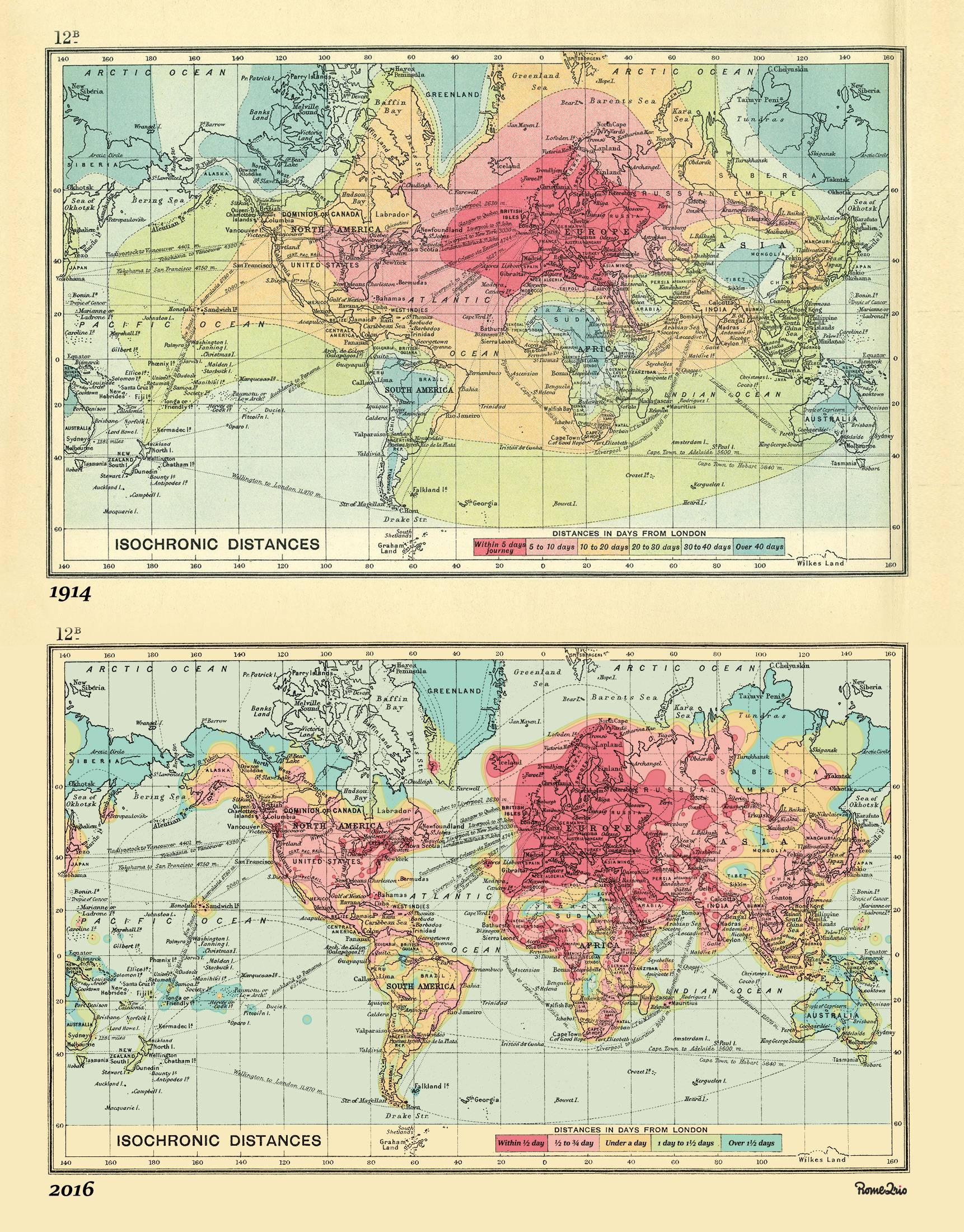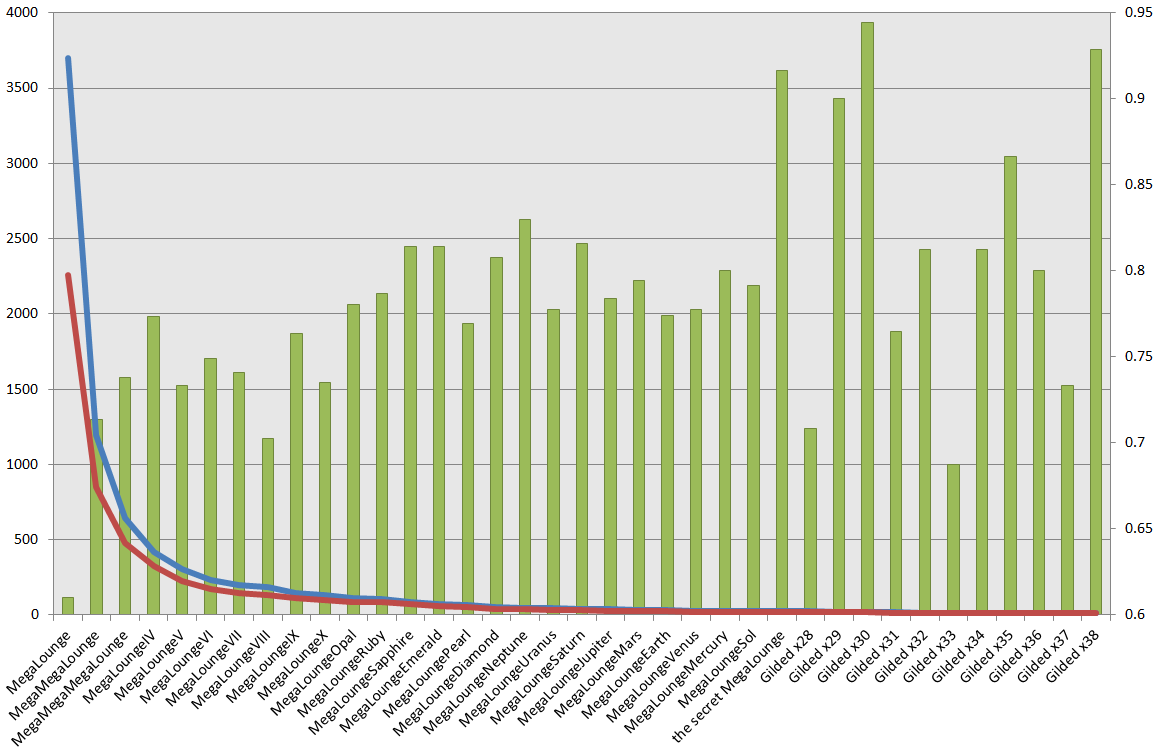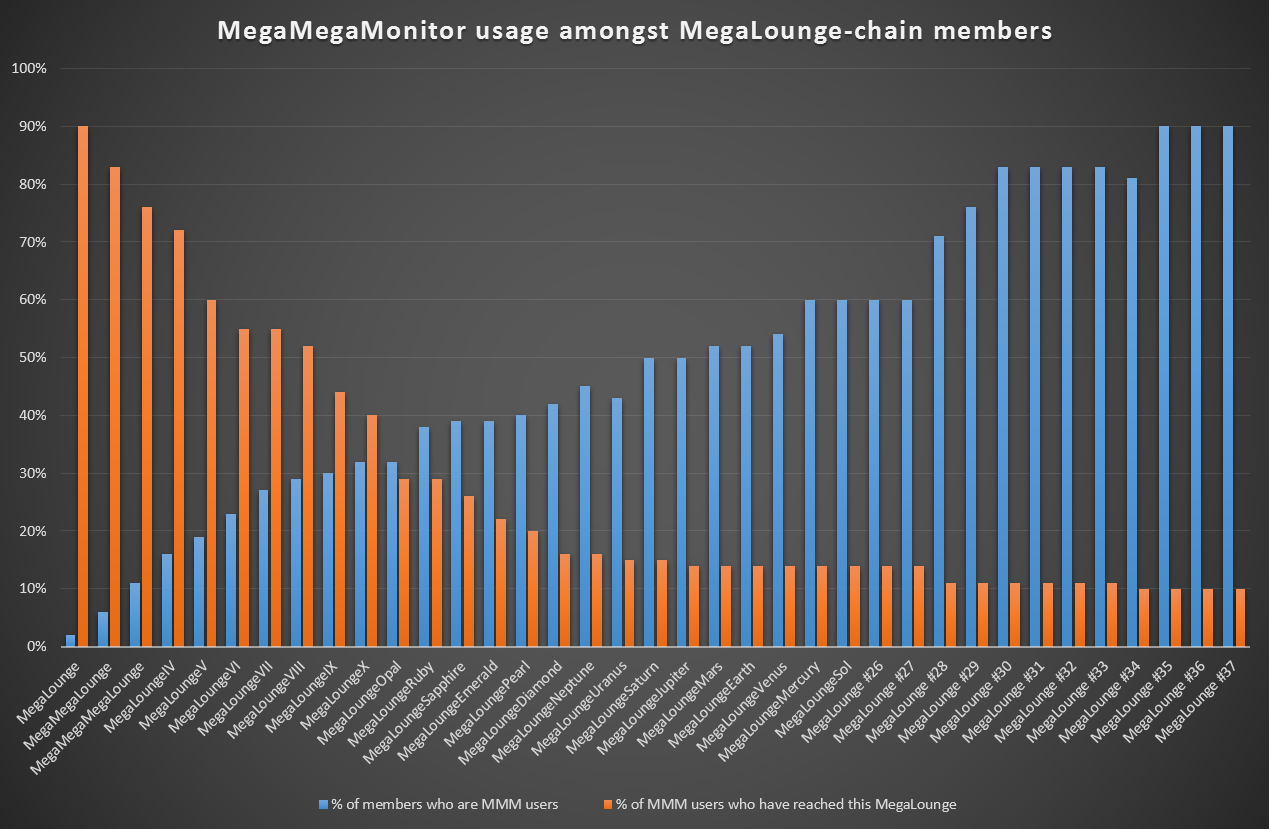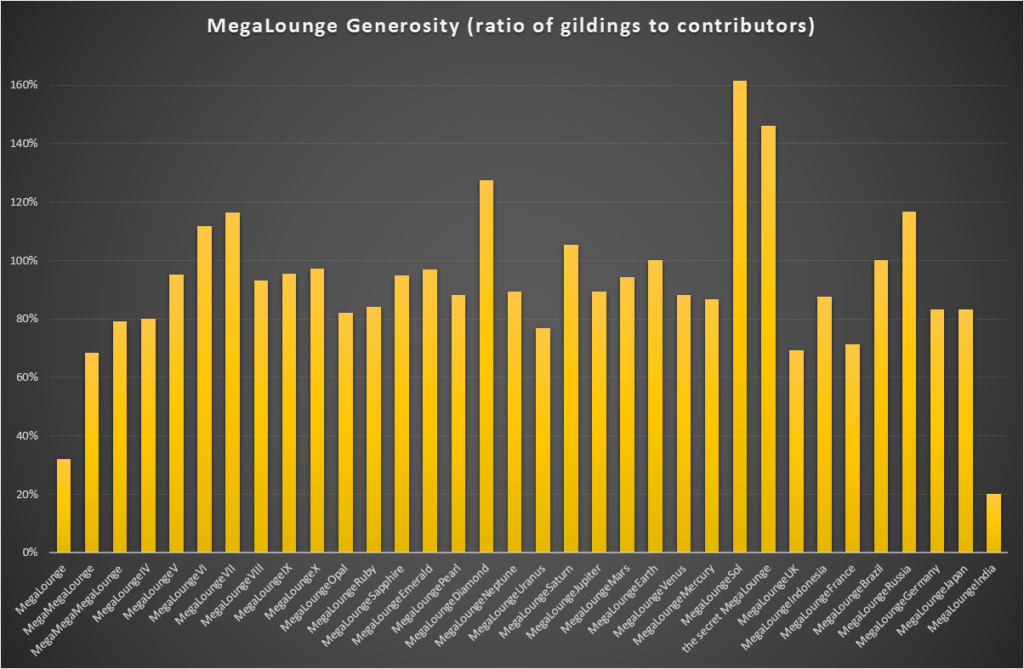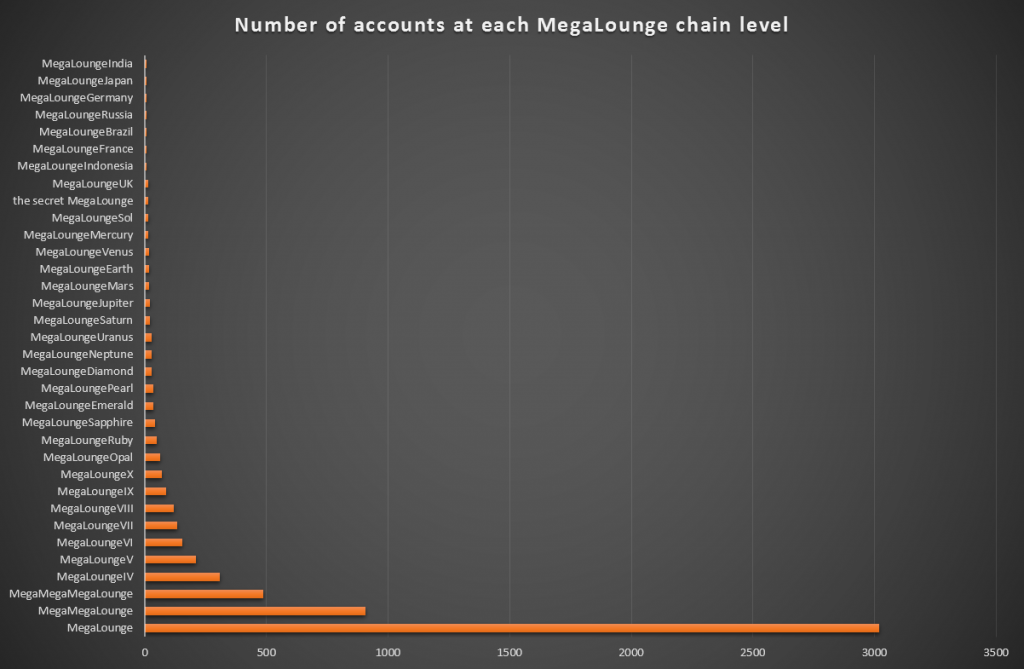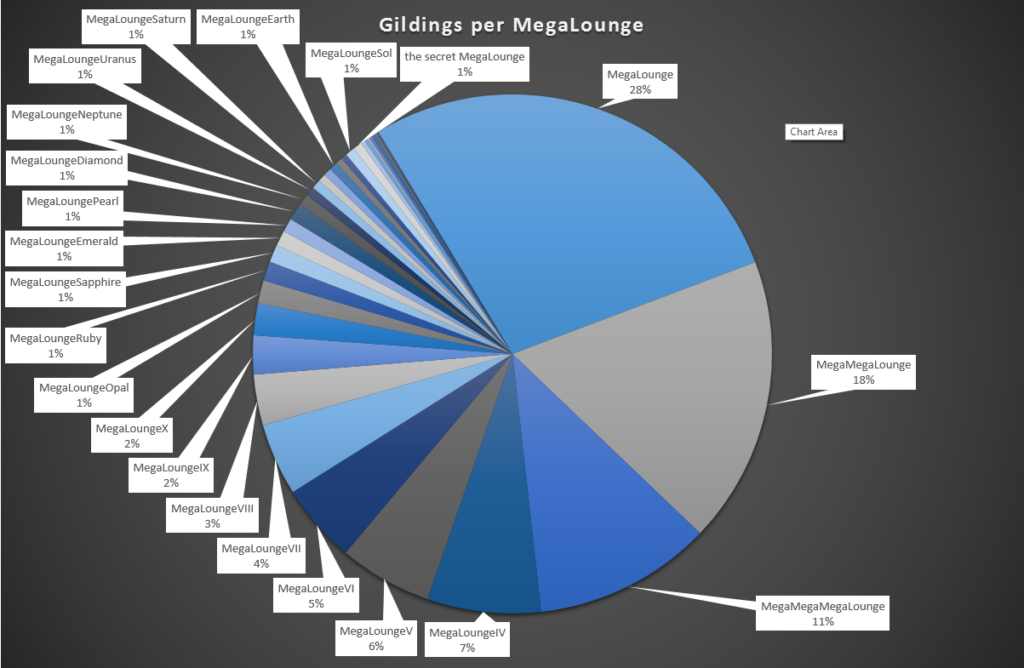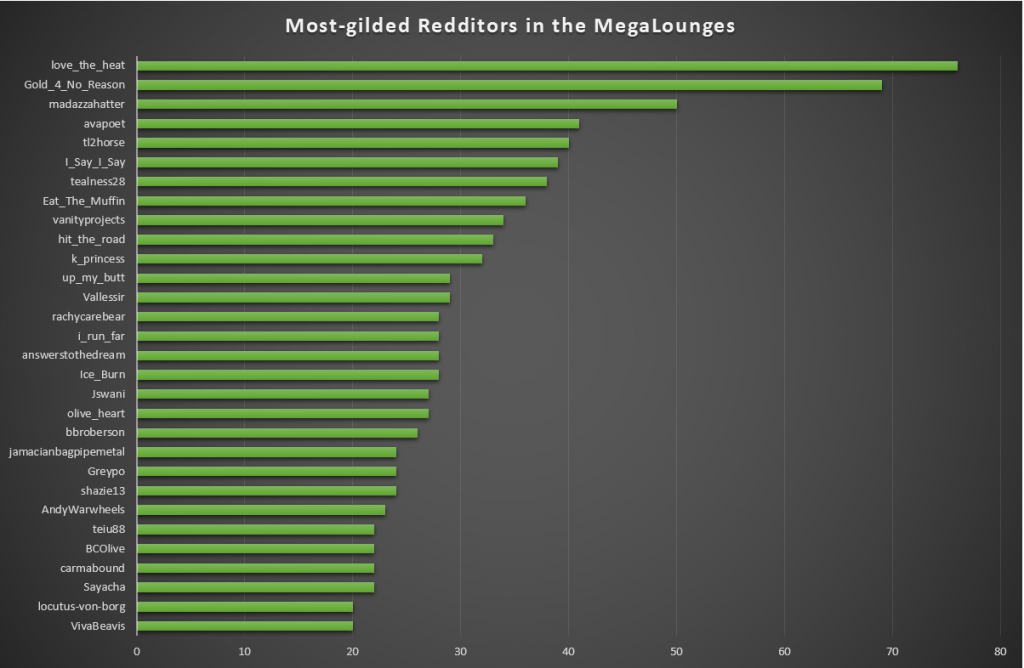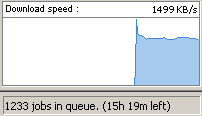…
West Germany’s 1974 World Cup victory happened closer to the first World Cup in 1930 than to today.
The Wonder Years aired from 1988 and 1993 and depicted the years between 1968 and 1973. When I watched the show, it felt like it was set in a time long ago. If a new Wonder Years premiered today, it would cover the years between 2000 and 2005.
Also, remember when Jurassic Park, The Lion King, and Forrest Gump came out in theaters? Closer to the moon landing than today.
…
These things come around now and again, but I’m not sure of the universal validity of observing that a memorable event is now closer to another memorable event than it is to the present day. I don’t think that the relevance of events is as linear as that. Instead, perhaps, it looks something like this:
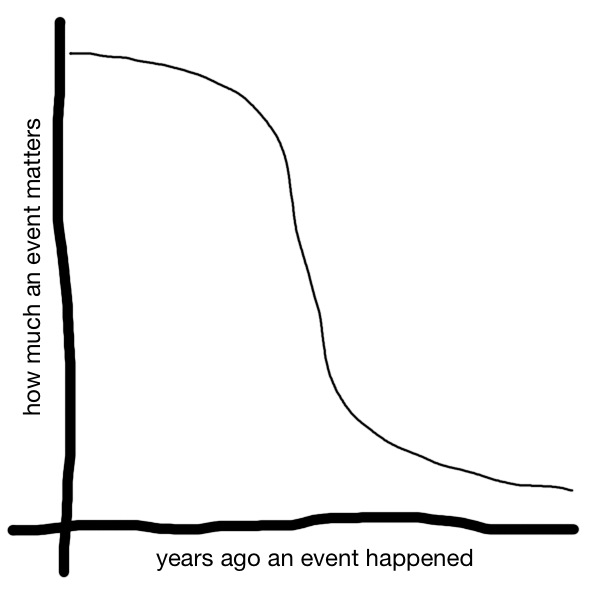
Where the drop-off in relevance occurs is hard to pinpoint and it probably varies a lot by the type of event that’s being remembered: nobody seems to care about what damn terrible thing Trump did last month or the month before when there’s some new terrible thing he did just this morning, for example (I haven’t looked at the news yet this morning, but honestly whenever you read this post he’ll probably have done something awful).
Nonetheless, this post on Wait But Why was a fun distraction, even if it’s been done before. Maybe the last time it happened was so long ago it’s irrelevant now?
